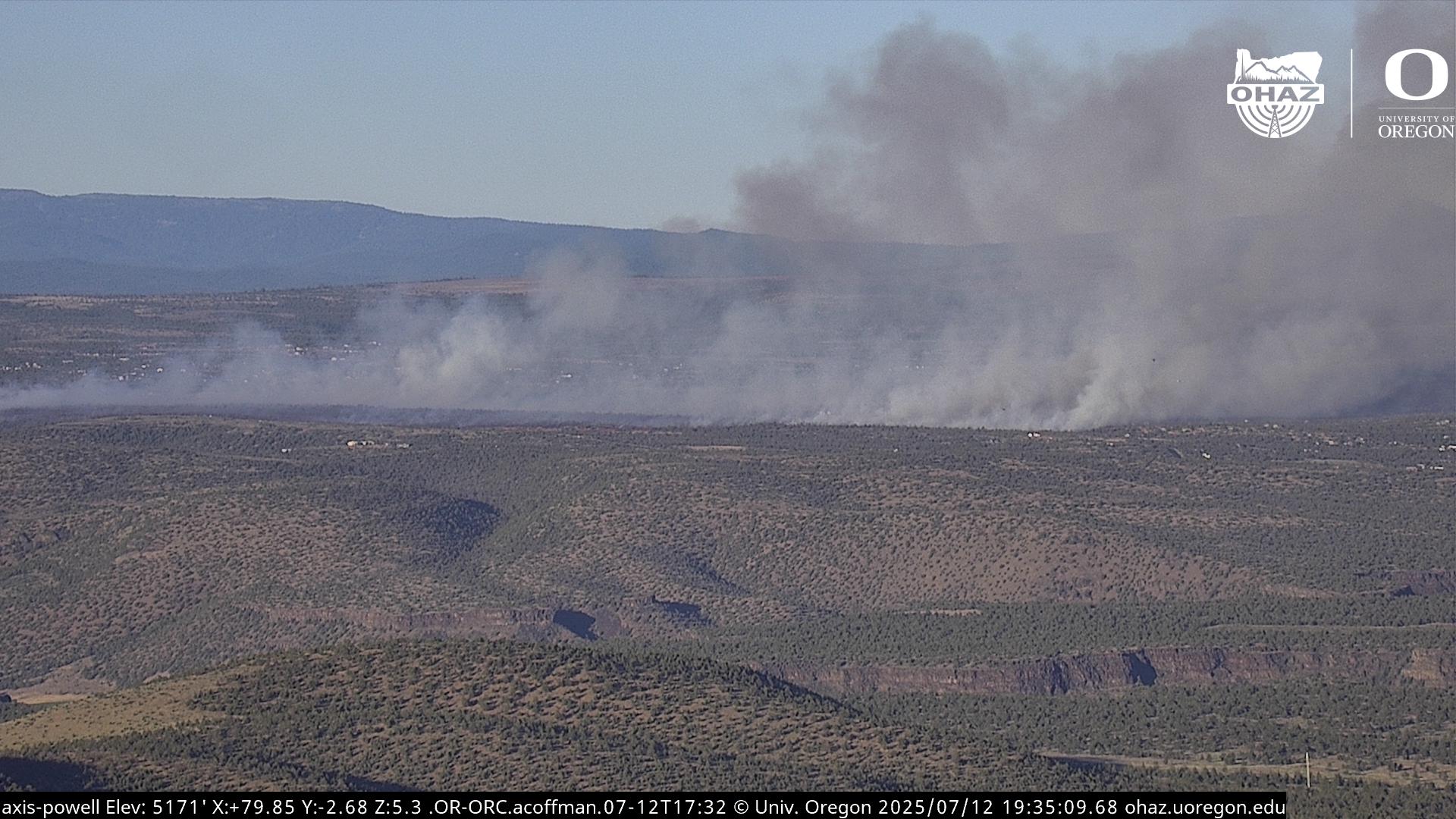Editorial: Oregon’s air quality report card is disappointing
Published 5:00 am Friday, November 29, 2024

- Smoke column from the Little Lava Fire in Oregon on Sept. 11.
Clean air. If Oregon doesn’t get it right, we are all in trouble.
And by the state’s own metrics, Oregon has headway to make to improve our airways.
Trending
The number of days when air was unhealthy, very unhealthy or hazardous was 109 in 2023. That’s in the 30 cities Oregon’s Department of Environmental Quality includes.
We don’t have to tell you that is about one-third of the year. Most of the bad days, 105, were caused by wildfire smoke. Oregon did have fewer bad days if you use the EPA’s database. Even then, it was more than double those in Washington state and more than Idaho, too.
Oregon also has not been meeting DEQ goals for air toxics. Those are chemicals that are known to or suspected to cause cancer or do other bad things to health. DEQ uses a measure based on levels of benzene, acetaldehyde, formaldehyde, arsenic and cadmium in the air.
The measured levels have been about double the targets. In a place like Portland, the source is likely most emissions from cars and trucks. Smaller communities have issues, too. For instance, La Grande has had benzene levels four times the state benchmark and formaldehyde levels at 11 times the benchmark.
The DEQ has been successful in reducing cadmium by adopting rules to control those emissions. Benzene, which can come from emissions from cars and trucks, can be improved by things such as cleaner burning car engines and car engines that don’t burn fossil fuels. Increases in population or more driving can offset gains.
It seems Oregon has been doing a better job with diesel particulate matter. It’s a known carcinogen. Oregon is on target for its goal to keep diesel particulate emissions down. The caveat is that DEQ only gets the data every three years and so its 2023 measure is actually from 2020. The state has new stricter rules, though, that should keep driving the metric down.
Trending
DEQ also tracks the timeliness of issuing new air quality permits and modifications of existing permits. It’s struggled with permits for air contaminant discharge and larger industrial sources called Title V. Title V permits in particular can be complex. In 2023, only about 64% were current for permit modifications. DEQ’s goal is 80%. The Legislature approved a fee increase in 2023 to help the DEQ be able to add staff to its Title V program.
These measures we picked are from a 2024 Department of Environmental Quality report card. We looked at air quality, but there’s more to the report card, too.
It’s not a report card to be proud of. Some issues, such as wildfires, are beyond DEQ’s control. Working together, the state and federal government could do more to improve Oregon’s air quality. Think about this: A state audit critiqued Oregon’s problem with keeping Title V air quality permits current in 2018. Six years later, it’s still a problem.
Are we OK with poor air quality report cards?








